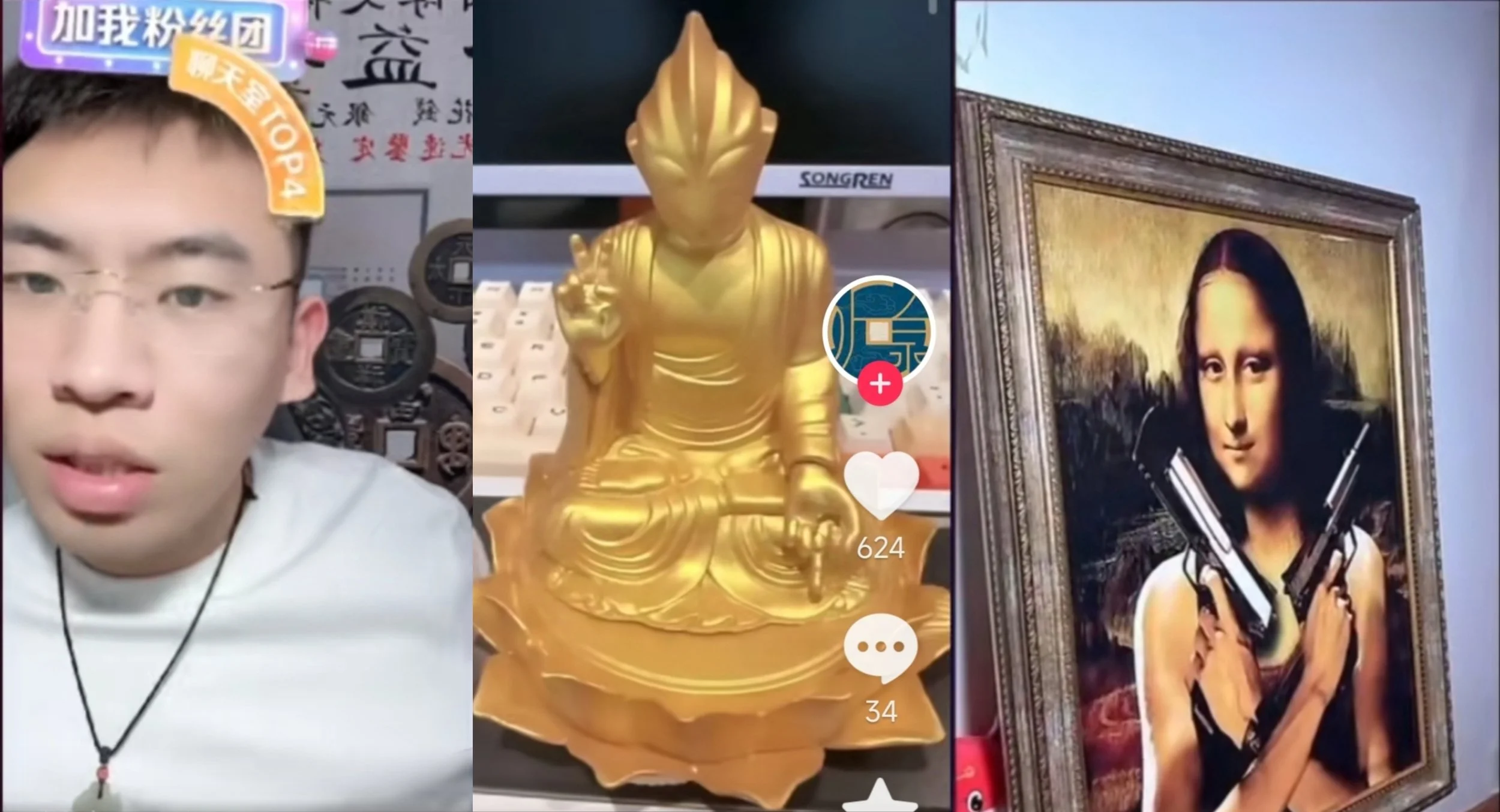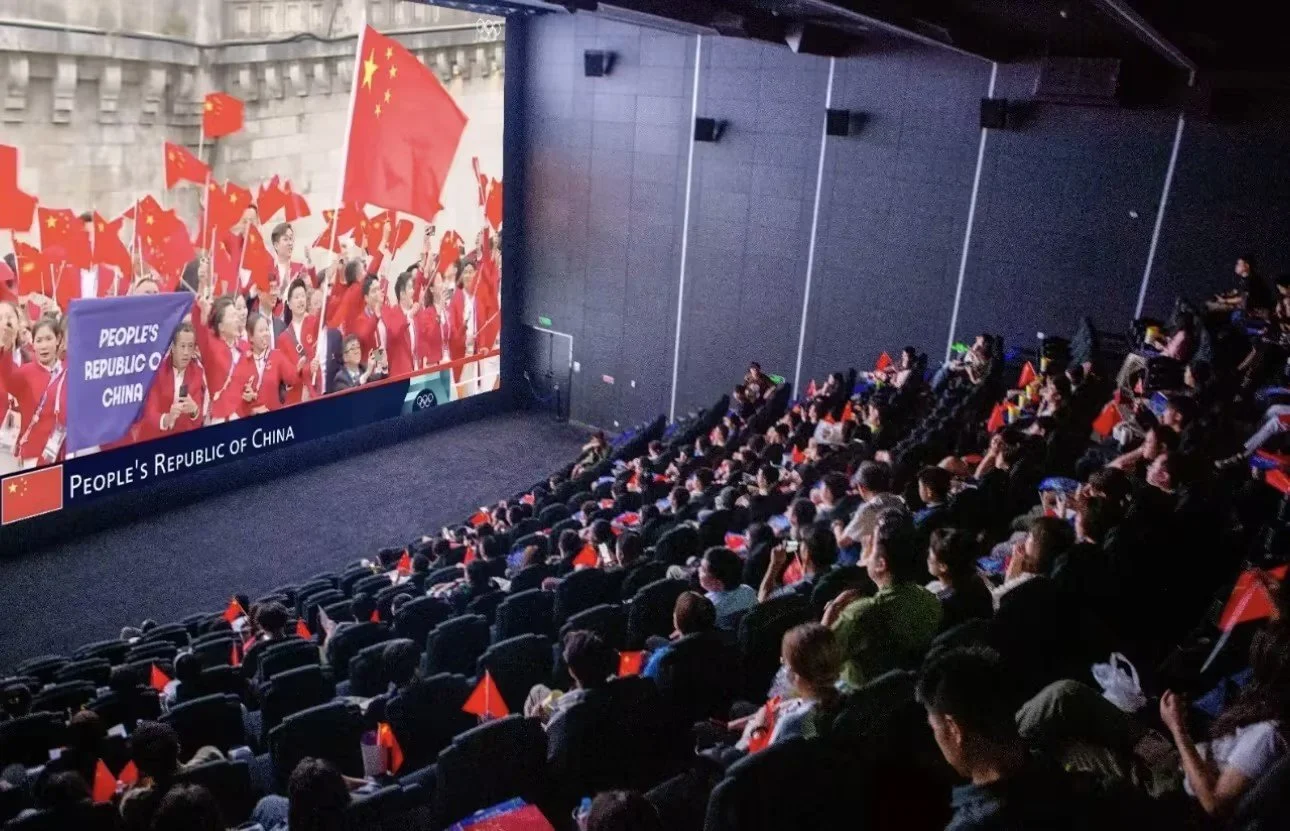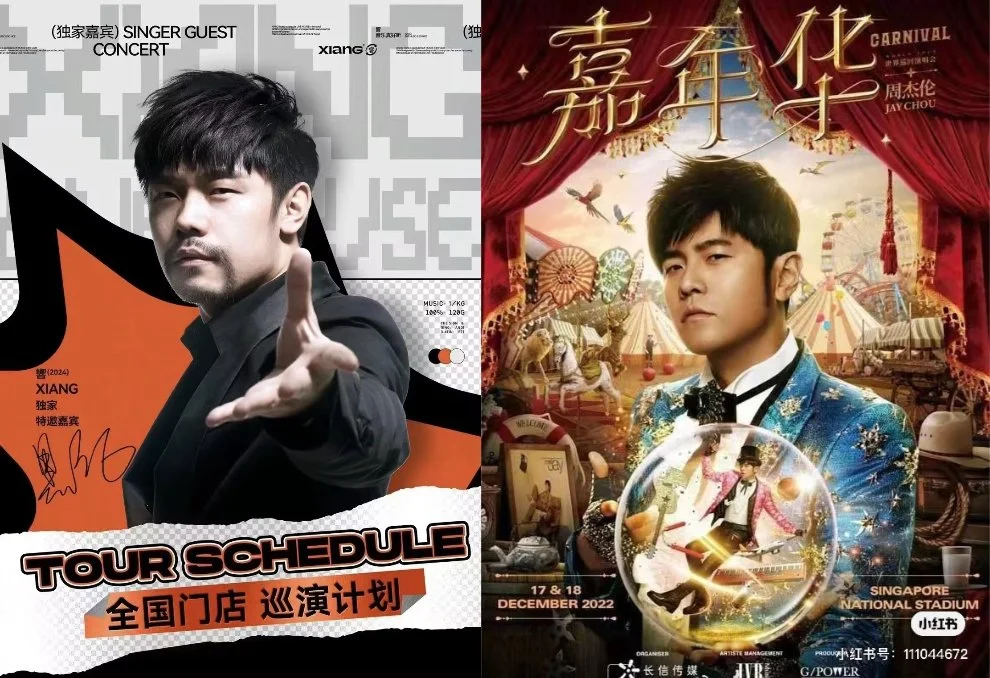The runaway success of Wukong and the symbolic opportunities it brings

If you’re not a gamer, it’s easy not to get excited about new computer game launches. Nevertheless, it is worth paying attention to China’s gaming industry, as a fair portion of your target audience are likely to spend a lot of their day gaming.
Around half of China’s population play computer games. Of those, almost 50% are female, and more than a quarter are over 36 years old. For most Chinese, it is pure entertainment, but it also doubles as escapism, a form of socialisation, and a source of national pride, evident from the unusual fan celebrations every time Chinese gamers claim a world title.
Despite its already hefty scale, China’s gaming industry rose to another level last week, with the launch of Black Myth: Wukong. It is China’s first AAA game – the gaming world’s equivalent of a blockbuster movie, driven by a large development and marketing budget.
The game broke all sorts of records, from the unprecedented 2.2 million concurrent players on Steam, to the bandwidth usage from people playing. Within a day of launching, total sales exceeded 4.5 million copies and ¥1.5 billion ($210 million), recouping its development costs on the day of its release.
The success of Wukong spans far broader than its sales and player numbers. The game follows an in-depth adaptation of "Journey to the West," a 16th-century novel rooted in traditional Chinese mythology. It is symbolic of China’s growing capability to deliver high quality cultural and entertainment products which connect with a nuanced and sophisticated Chinese consumer, as well as many consumers abroad.
Like many successful cultural products in China, Wukong’s influence is permeating across other categories. In addition to the unsurprising spike in game console sales, the game has ignited a burst of tourism to Shanxi Province. Shanxi is home to three quarters of the 36 scenic spots filmed for the game, including UNESCO-listed Tang dynasty temples and grottoes. Trip.com and Fliggy have seen bookings to the region climb as much as 70% this summer. Booking of eSport hotels across China, which offer beds and computers with graphic cards that the Wukong game requires, have also spiked.
With your marketing hat on, the runaway success of Wukong presents many opportunities and lessons. Gaming collabs have long been strategies to increase sales, reach large niches, and build positive brand associations with brands from KFC and McDonalds, to Unilever’s ice creams and MAC lipstick. Many brands have also gamified their campaigns to increase engagement, virality and a bit of healthy competition between friends and colleagues.
The success of Wukong is also another reminder of the resonance of thoughtful interpretations of Chinese folklore and mythology, for Chinese consumers hungry to connect further with their country’s long and rich history. This is much less straightforward for a foreign brand than slapping a few gaming characters on your packaging. But it can be done, and done well, can really show Chinese consumers that you understand them and are relevant to what they value in a brand. China Skinny can work with you on thoughtful approaches. Get in touch to learn how we can assist your brand.
A concise yet holistic summary of February 2025’s key marketing developments in China, highlighting valuable insights and their implications for brands.
The record-breaking triumph of Ne Zha 2 confirms that compelling storytelling, rooted in Chinese culture and reflective of current societal sentiment, can profoundly influence consumer behaviour.
China Skinny’s review of key marketing trends and lessons we observed over the month of October 2024.
Moncler invested $28 million in the one-day "The City of Genius" event in Shanghai, blending global vision with local creative culture. For foreign luxury brands, the Chinese market remains unparalleled, and Moncler’s showcase sets a powerful example of how to captivate and inspire younger Chinese consumers.
Traditional collectibles have become a form of social currency among young people. From spiritual comfort to stylish accessories, livestreams and e-commerce have made these pieces more accessible. And people watch appraisal livestreams for whacky collectibles as an entertainment.
Wukong is a huge deal in China, not just being the first AAA game and record sales and players, but for its wider impacts on consumer behaviour and branding opportunities
Founded in 2019, Tiaohai Village (跳海酒馆) is a community-driven pub brand. Despite having around 30 locations nationwide, it's said to have achieved over ¥100 million ($14m) in revenue in 2023, together with over 200 highly active online alcohol communities. Check it out to learn about what sets Tiaohai apart from other pubs and how it truly connects with Chinese young people emotionally.
On August 20, the game Black Myth: Wukong officially launched. As China’s first 3A title, it has not only taken the Chinese gaming industry, social media, and stock market by storm, but has also gained worldwide attention.
Chinese movie theatres live-streamed the Olympics’ opening ceremony and events for the first time, filling up with young people captivated by the experience
China has an estimated 330 million female gamers, accounting for nearly half of the gaming population. This year, the commercial potential of Otome games—romance simulation games designed for female players—has become evident. Many brands, from food to beauty, have started collaborations with Otome games.
The opening ceremony of the Paris Olympics, along with other parts of the Games, hasn’t been without controversy, but Chinese brands like Yili, HEYTEA and Kuaishou have capitalized on the interest of the spectacle to launch impressive marketing campaigns.
Have you watched the hit TV series The Tale of Rose that premiered this June? High-quality TV series like these offer a fantastic opportunity for brands to achieve their marketing goals in China. Check it out to see how they help brands make an impact.
With the explosive popularity of Jay Chou's Carnival Tour, his impersonators have also started their own live tours with super-expensive VIP tickets almost sold out
Is tufting going to be the next big thing for Chinese consumers? Haidilao in Hangzhou thinks it could be
A low-cost experience in cinemas made Shining For One Thing become the quickest Chinese film to hit ¥100m in presales
Here is a tale of three brands, each who have seen quite different outcomes in China over the past-12 months. They provide valuable lessons in public relations (PR) in China's increasingly sensitive and less tolerant consumer market.
By every measure, winter sports are booming in China leading into Beijing's Winter Games, presenting a multitude of opportunities for brands
U.S. studios' share of box office continues to shrink, which may contribute to nationalism in both China and the West
Although geopolitical challenges and nationalism are on the rise, the traditionally-foreign holiday of Christmas is as large as ever in China
Don't underestimate the importance of bricks & mortar touch points in China, and ensure they are integrated and optimised for consumer needs
Beijing's Common Prosperity is impacting the ways brands market in China
Singles' Day grew again this year against all odds, with some interesting data indicating why
Sustainability is becoming a key requirement of doing business in China - both due to consumer-pull and Beijing-push
China's tech giants have read the tea leaves from Beijing resulting in pledges of billions to charity, with PDD making the smartest donation
Magnum's brand has grown in China on the back of strong marketing campaigns every summer, yet "double standards" are likely to hit the brand this year
Chinese sportswear brand ERKE was on the brink of collapse, but a well timed and executed CSR initiative has turned its fortunes around
Earlier in May, after a month-long delay, China released much of the population statistics from its once-a-decade census. Whilst there were no real surprises, the data quantified many trends that can help shape China marketing strategies. At a personal level, tracking the changes from the 2010 and 2020 censuses gave us a reason to look back and trace the past 10+ years that China Skinny has been consulting in the market, and provided another reminder of the dynamism of China. Below are some of the snippets that we found interesting…
Besides Covid, the three terms that cemented themselves in the Chinese vernacular last year were PPE (个人防护), lockdowns (隔离) and livestreaming (直播). Over this time, there have been few articles talking about marketing in China that didn’t praise the wonders of livestreaming. The buzz around livestreaming has been infectious for both consumers and brands, with 30,000 new Taobao Live accounts opened by merchants in February 2020 alone.
2003 was the year that China surpassed the EU for greenhouse emissions. By 2019, emissions from China were more than four times that of the EU’s 27 member states combined, and over 30% more per capita. In 2019 China accounted for 27% of global emissions, exceeding the entire emissions from the Developed World for the first time.





























It was March 2021 when the EU-China agreement protecting geographical indications (GIs) came into force. This aimed to recognise and protect around 200 distinct agri-food producing regions. It included well known specialties such as Feta, Prosciutto di Parma, Irish whiskey, Münchener Bier and Ouzo from Europe and Pixian Bean Paste, Anji White Tea, Panjin rice and Anqiu Ginger from China.